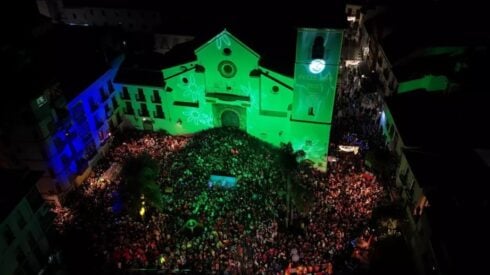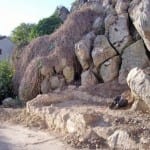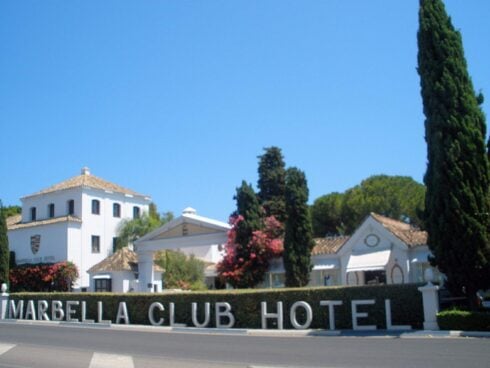CUCKOO-CLOCKS and garden-gnomes decorate the houses and front gardens of Montejaque and Benaoján in the Guadiaro Valley. Spanish housewives bake German cakes. A huge, new wrought-iron signpost in Montejaque reads “Avenida de Knittlingen”. Benaoján and Montejaque are ‘German’ villages in the Serranía de Ronda.
Half a century ago, Andalucía was the poor-house of Europe. Germany was in the midst of its ecomomic miracle and needed workforce. 600,000 Spaniards emigrated to Germany to find a living.
Three hundred of them from Benaoján and Montejaque went north, too – all of them to a small town near Stuttgart: Knittlingen.
Here they found work. Here they found ‘paradise’, as one of them put it. Many of them stayed for a lifetime but kept Spanish passports.
Others returned to Andalucía, imported German customs and a heavy southern German dialect to Spain – and still keep in touch with their other home town, 2,400kms further north – where their children stayed behind. They have become ‘trees with two roots.’
Earlier this year film makers Nele Münchmeyer and Erica Ruetz shot a documentary in Andalucía and Germany. It shows three generations of Spaniards who have become Germans and of Germans who have become Spaniards – and their life between two cultures.
It will be shown on German television station, SWR, on January 26, 2011 at 20.15hrs and is called “Spätzle auf Spanisch”.
- Spätzle is a kind of pasta typical for the south of Germany, where nearly the entire male population of Montejaque and Benaoján went for work in the sixties. Spätzle is still on menu in a lot of Montejaque households.
Click here to read more News from The Olive Press.






